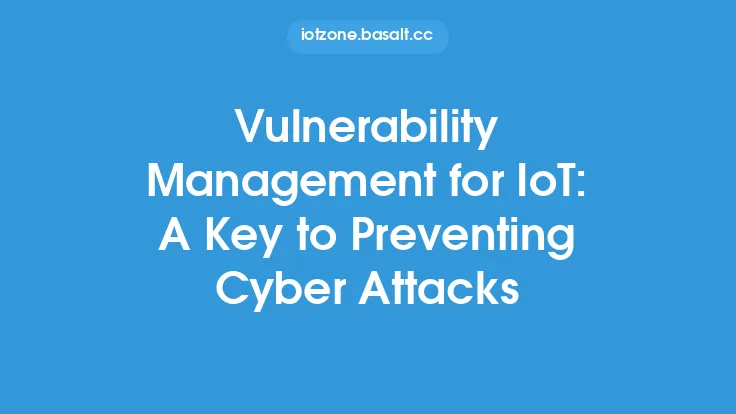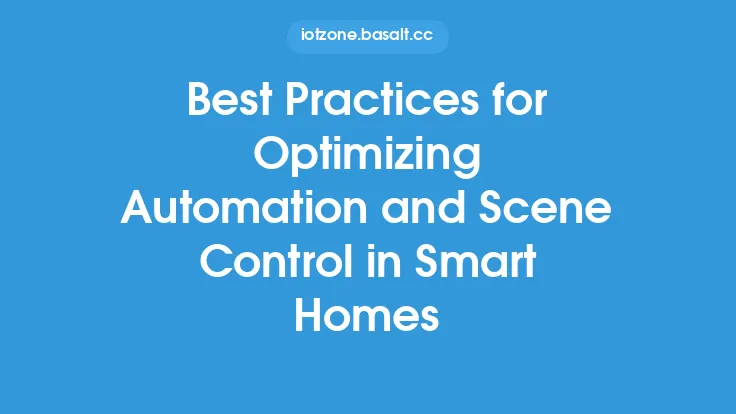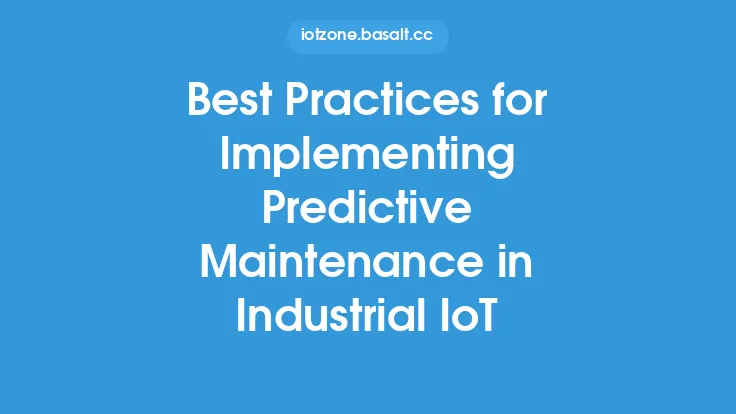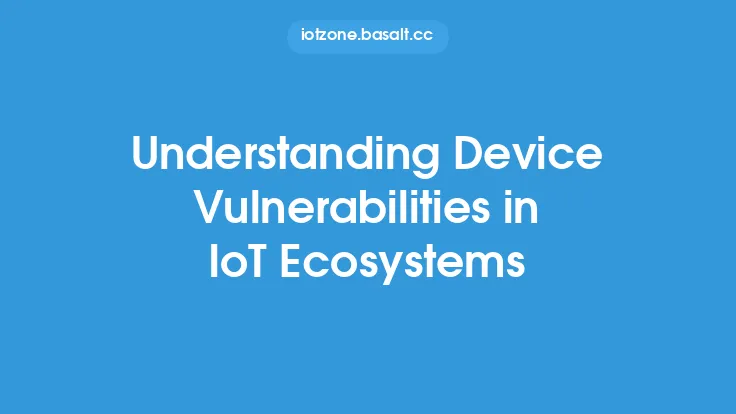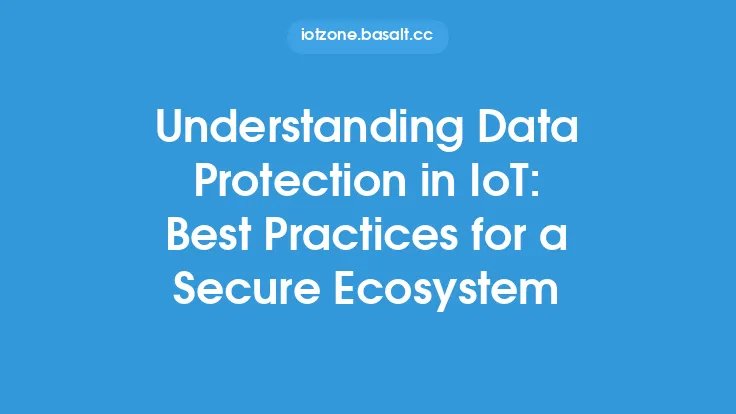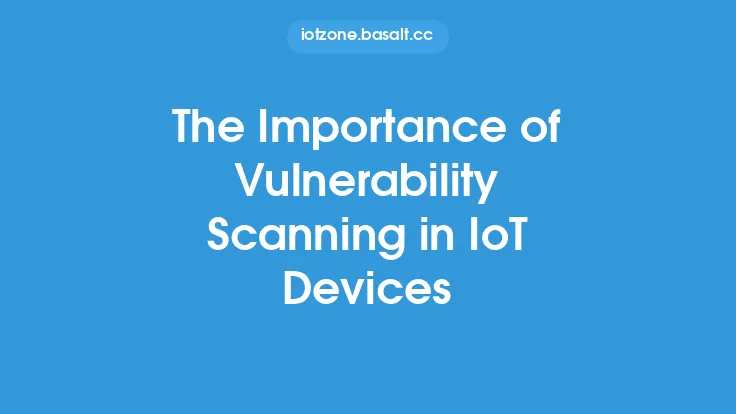The increasing complexity and interconnectedness of IoT ecosystems have created a vast attack surface, making vulnerability remediation a critical aspect of maintaining the security and integrity of these systems. As the number of IoT devices continues to grow, the potential for vulnerabilities to be exploited by malicious actors also increases, highlighting the need for effective vulnerability remediation strategies. In this article, we will delve into the best practices for vulnerability remediation in IoT ecosystems, providing a comprehensive guide for organizations to improve their security posture.
Introduction to Vulnerability Remediation
Vulnerability remediation is the process of identifying, prioritizing, and remediating vulnerabilities in IoT devices and systems. This process involves a series of steps, including vulnerability detection, risk assessment, prioritization, and remediation. Effective vulnerability remediation requires a thorough understanding of the IoT ecosystem, including the devices, networks, and systems that comprise it. It also requires a robust set of tools and technologies to support the remediation process.
Vulnerability Detection and Identification
The first step in vulnerability remediation is detecting and identifying vulnerabilities in IoT devices and systems. This can be achieved through various means, including vulnerability scanning, penetration testing, and code reviews. Vulnerability scanning involves using automated tools to identify potential vulnerabilities in IoT devices and systems, while penetration testing involves simulating attacks on these systems to identify vulnerabilities that can be exploited. Code reviews, on the other hand, involve manually reviewing the code of IoT devices and systems to identify potential vulnerabilities.
Risk Assessment and Prioritization
Once vulnerabilities have been identified, the next step is to assess the risk associated with each vulnerability and prioritize them for remediation. This involves evaluating the potential impact of each vulnerability, as well as the likelihood of it being exploited. Vulnerabilities that have a high potential impact and are likely to be exploited should be prioritized for remediation first. This process can be facilitated through the use of risk assessment frameworks and tools, such as the Common Vulnerability Scoring System (CVSS).
Remediation Strategies
There are several remediation strategies that can be employed to address vulnerabilities in IoT devices and systems. These include patching, configuration changes, and compensating controls. Patching involves applying updates or patches to IoT devices and systems to fix vulnerabilities, while configuration changes involve modifying the configuration of these systems to mitigate vulnerabilities. Compensating controls, on the other hand, involve implementing additional security controls to mitigate the risk associated with vulnerabilities that cannot be patched or configured.
Patch Management
Patch management is a critical aspect of vulnerability remediation in IoT ecosystems. This involves applying updates or patches to IoT devices and systems to fix vulnerabilities. Effective patch management requires a robust set of tools and technologies to support the patching process, including patch detection, patch deployment, and patch verification. It also requires a thorough understanding of the IoT ecosystem, including the devices, networks, and systems that comprise it.
Secure Coding Practices
Secure coding practices are essential for preventing vulnerabilities in IoT devices and systems. This involves following secure coding guidelines and best practices, such as input validation, error handling, and secure data storage. Secure coding practices can help prevent vulnerabilities from being introduced into IoT devices and systems, reducing the need for remediation.
Continuous Monitoring and Vulnerability Management
Continuous monitoring and vulnerability management are critical aspects of maintaining the security and integrity of IoT ecosystems. This involves continuously monitoring IoT devices and systems for vulnerabilities, as well as implementing a robust vulnerability management program to identify, prioritize, and remediate vulnerabilities. Continuous monitoring can be facilitated through the use of automated tools and technologies, such as vulnerability scanners and intrusion detection systems.
Collaboration and Information Sharing
Collaboration and information sharing are essential for effective vulnerability remediation in IoT ecosystems. This involves sharing information about vulnerabilities, as well as collaborating with other organizations and stakeholders to identify and remediate vulnerabilities. Collaboration and information sharing can help improve the overall security posture of IoT ecosystems, reducing the risk of vulnerabilities being exploited.
Challenges and Limitations
Despite the importance of vulnerability remediation in IoT ecosystems, there are several challenges and limitations that can hinder the remediation process. These include the complexity and heterogeneity of IoT devices and systems, as well as the lack of standardization and interoperability. Additionally, the sheer number of IoT devices and systems can make it difficult to identify and remediate vulnerabilities, highlighting the need for automated tools and technologies to support the remediation process.
Future Directions
The future of vulnerability remediation in IoT ecosystems will be shaped by several factors, including the increasing use of artificial intelligence and machine learning, as well as the growing importance of cloud-based IoT systems. As IoT ecosystems continue to evolve and become more complex, the need for effective vulnerability remediation strategies will only continue to grow, highlighting the importance of ongoing research and development in this area.
Conclusion
In conclusion, vulnerability remediation is a critical aspect of maintaining the security and integrity of IoT ecosystems. Effective vulnerability remediation requires a thorough understanding of the IoT ecosystem, as well as a robust set of tools and technologies to support the remediation process. By following best practices, such as patch management, secure coding practices, and continuous monitoring, organizations can improve their security posture and reduce the risk of vulnerabilities being exploited. As IoT ecosystems continue to evolve and become more complex, the importance of effective vulnerability remediation strategies will only continue to grow, highlighting the need for ongoing research and development in this area.
